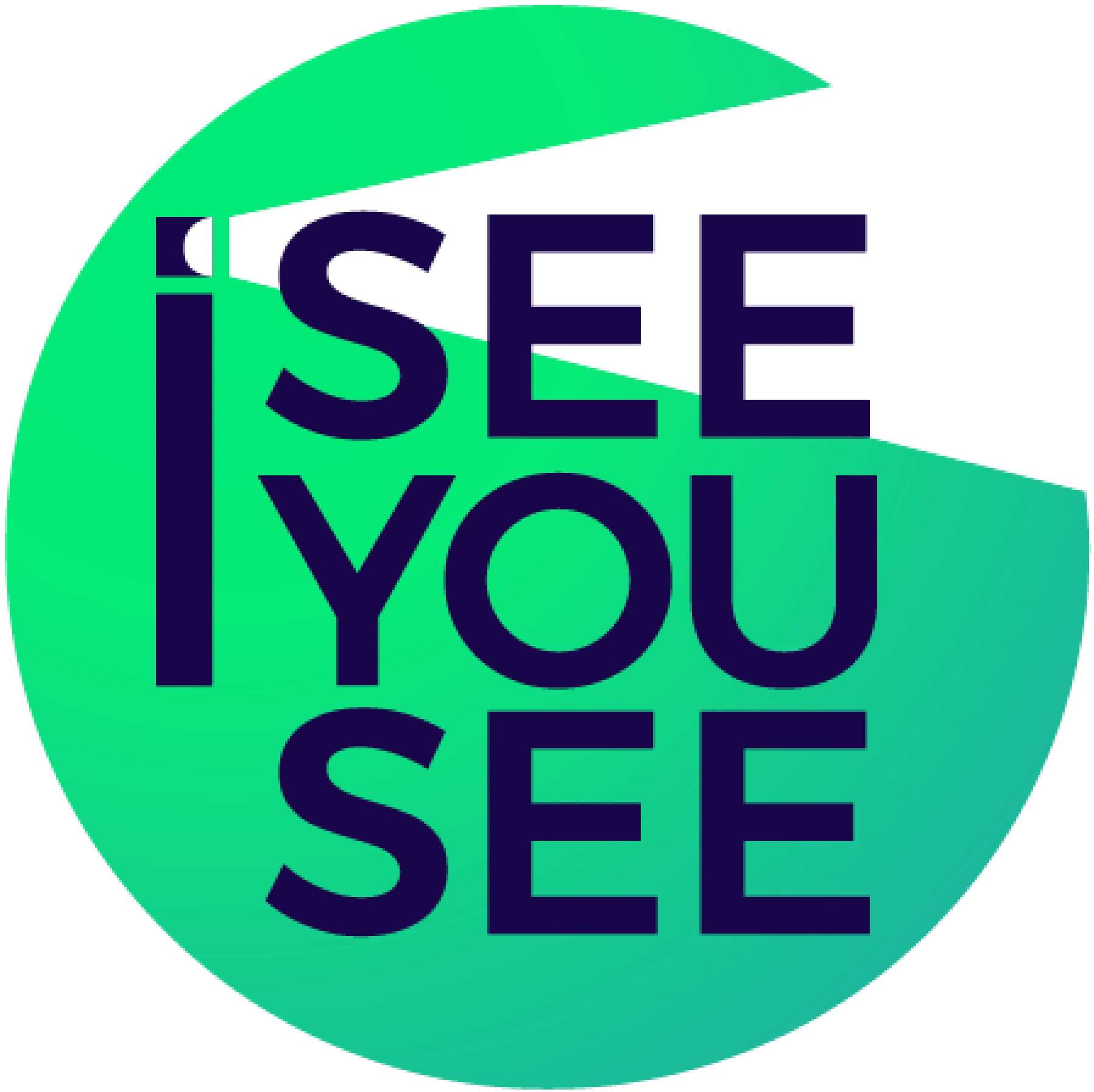Facebook is making yet another News Feed algorithm change that will determine which stories users will see on their home feed. It’s a change that will impact your brand’s content strategy now. While the network’s algorithm was previously focused on overall post engagement, greater weight will now be placed on the content you’re linking to – in addition to overall interest, post performance, type of post and more.
Confused? We’ll explain.
What’s actually changing?
In a recent Facebook post, the network explained that they’ve been sifting through data to determine how Facebook users are engaging with posts and conversations. They’ve reviewed the actions that users are taking through liking, clicking, commenting or sharing a post.
The biggest revelation they’ve found?
“We’re learning that the time people choose to spend reading or watching content they clicked on from News Feed is an important signal that the story was interesting to them.”
With this discovery, the network is adding another factor to algorithms – time spent on the clicked content. The algorithm will review how long users review an article in the Facebook mobile browser or an Instant Article after they have clicked through from the News Feed.
Repetition is not always everything
Facebook also reviewed data from users saying that they enjoy reading articles from a wide range of publishers, and it can be repetitive if too many articles from the same source are back to back in their News Feed.
“We’ll also be making an update to reduce how often people see several posts in a row from the same source in their News Feed.”
The roll-out for the new News Feed algorithm update has started and will continue over the coming weeks.
The number one take-away? Ensure that the content you’re clicking to is relevant to viewers and engaging to readers. High bounce rates will not only impact your website performance, it will also impact your relevancy on Facebook.


